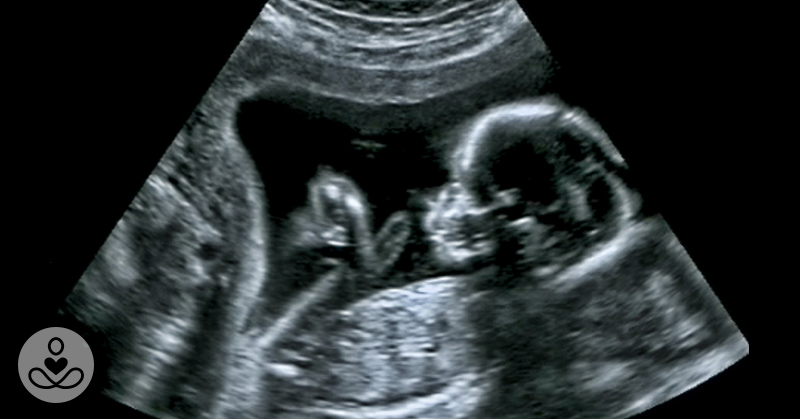A study from the University of Fukui in Japan has uncovered a potential link between autism spectrum disorder (ASD) and a compound found in umbilical cord blood called diHETrE, derived from arachidonic acid. Researchers analyzed samples from 200 children and found that elevated levels of diHETrE at birth were associated with increased ASD symptoms at age six, particularly in social interaction difficulties and repetitive behaviors. Interestingly, the effects were more pronounced in girls than boys.
The study suggests that measuring diHETrE levels at birth could help predict a child’s risk of developing ASD, potentially enabling earlier intervention. Researchers also propose that targeting diHETrE metabolism during pregnancy might reduce ASD traits, though more research is needed. The findings build on previous mouse model studies linking polyunsaturated fatty acids (PUFAs) and their metabolites to ASD development.
While the study offers promising insights, experts caution that it’s exploratory and not yet suitable for clinical diagnosis. James McPartland of Yale University emphasized that the research generates hypotheses for future studies but doesn’t provide actionable diagnostic tools. He also noted that most autism researchers focus on improving quality of life rather than prevention. Nonetheless, the study opens new avenues for understanding ASD’s biological underpinnings.










